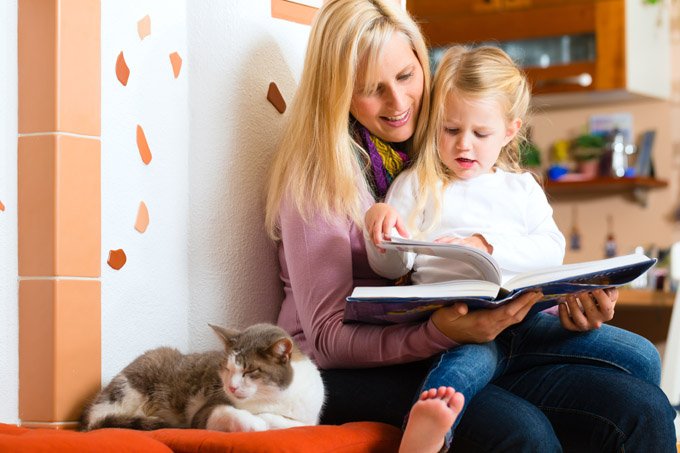If you, or anyone you know, have been the victim of domestic abuse, you know that the abuser will use any means necessary to try and control the situation. Things become complicated for victims with children. Neighbors and friends ask; “Why did she/he stay in an abusive relationship?” Often, children are used as hostages in domestic violence situations, and the partner of the abuser finds…

The 2012 Global Pet Expo opened in Orlando, Fla., yesterday, with a record-breaking 2,452 booths supporting 890 exhibitors. GPE is…





